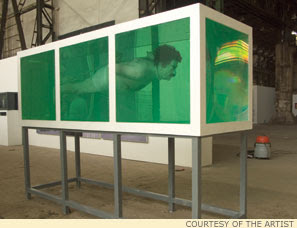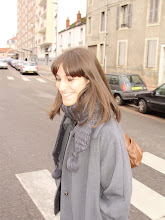



After a struggle spanning through the Seventies, Eighties and Nineties, the wrapping of the Reichstag was completed on June 24th, 1995 by a work force of 90 professional climbers and 120 installation workers. The Reichstag remained wrapped for 14 days and all materials were recycled.
Ten companies in Germany started in September 1994 to manufacture all the various
materials according to the specifications of the engineers. During the months of April, May and June 1995, iron workers installed the steel structures on the towers, the roof, the statues and the stone vases to allow the folds of fabric to cascade from the roof down to the ground.
100,000 square meters (1,076,000 square feet) of thick woven polypropylene fabric with an aluminum surface and 15,600 meters (51,181 feet) of blue polypropylene rope, diameter 3.2 cm. (1.25?), were used for the wrapping of the Reichstag. The façades, the towers and the roof were covered by 70 tailor-made fabric panels, twice as much fabric as the surface of the building.
The work of art was entirely financed by the artists, as have all their projects, through the sale of preparatory studies, drawings, collages, scale models as well as early works and original lithographs.
The artists do not accept sponsorship of any kind.
The Wrapped Reichstag represents not only 24 years of efforts in the lives of the artists but also years of team work by its leading members Michael S. Cullen, Wolfgang and Sylvia Volz, and Roland Specker.















































